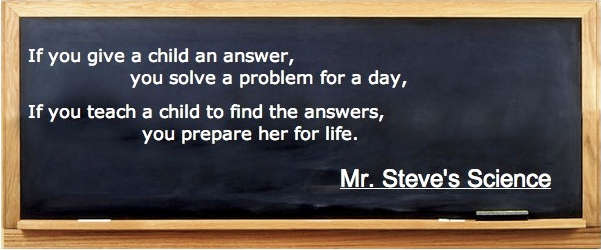 |
| Launch if you have Etoys if not download here |
In the video and in the Etoys project I created a button to duplicate a page, I think this was making it too easy, I should have simply shown folks how to duplicate a page from the book menu (the menu icon at the top of the book between the next page and previous page arrows. If you click on it is has an option "duplicate page".
Feedback and suggestions for improvements always welcome.


